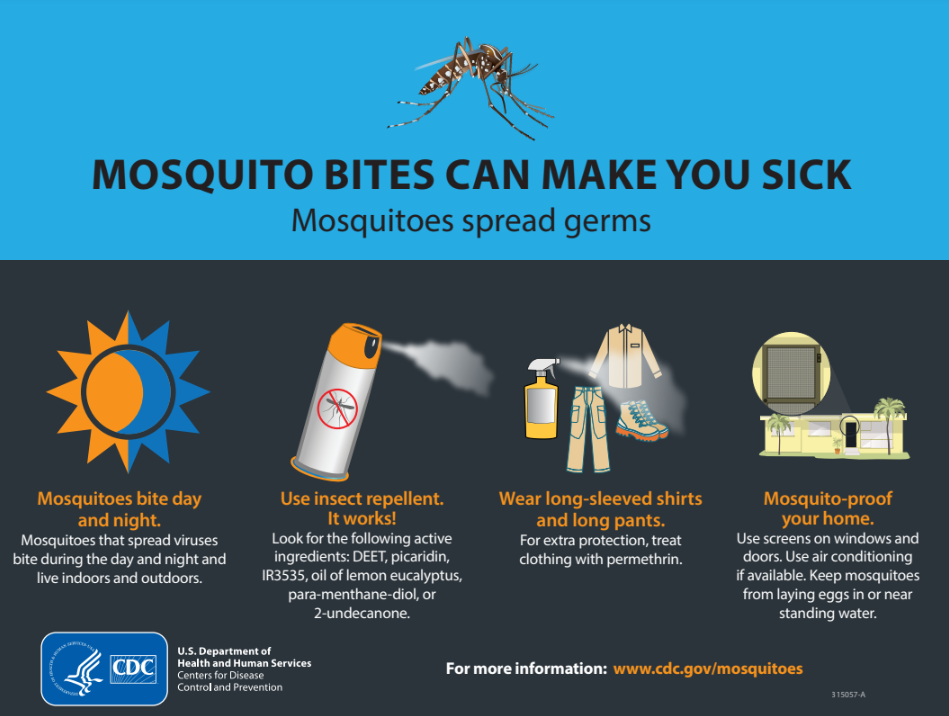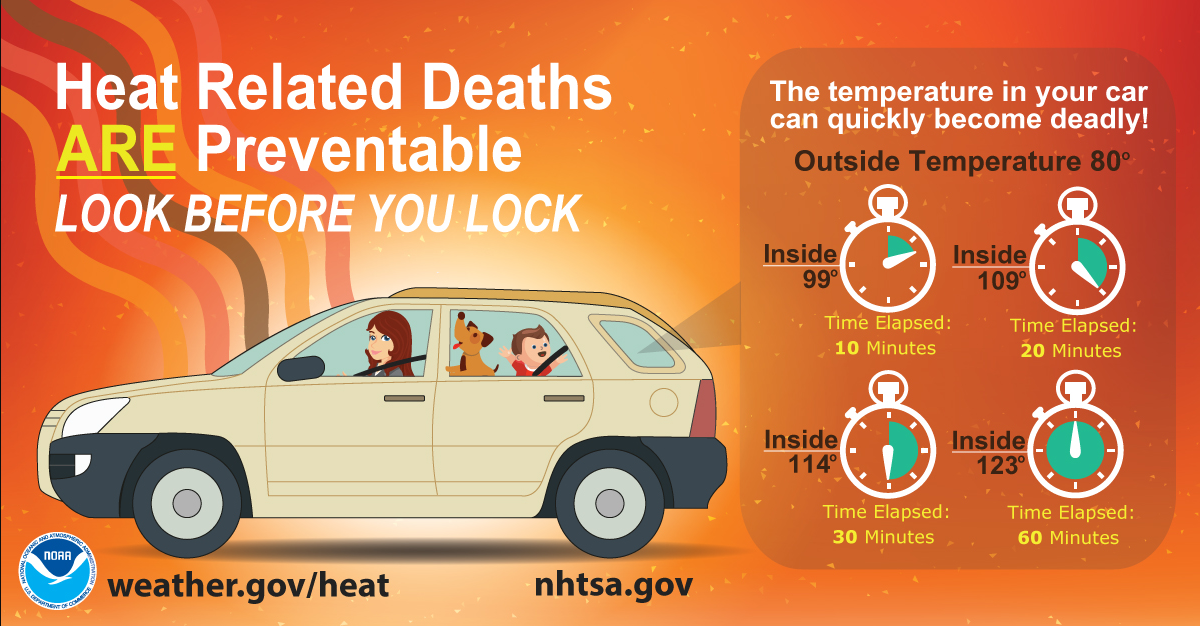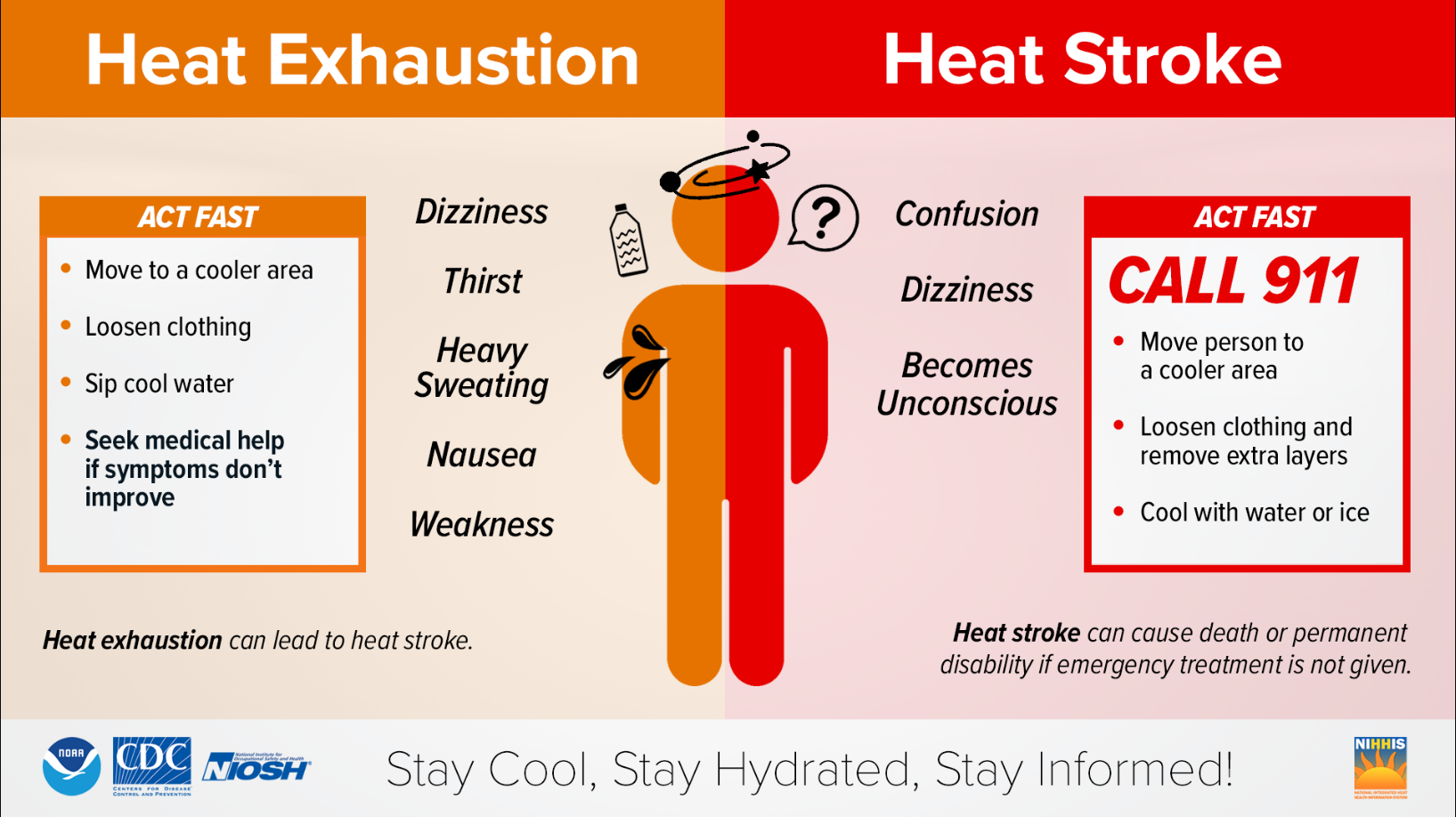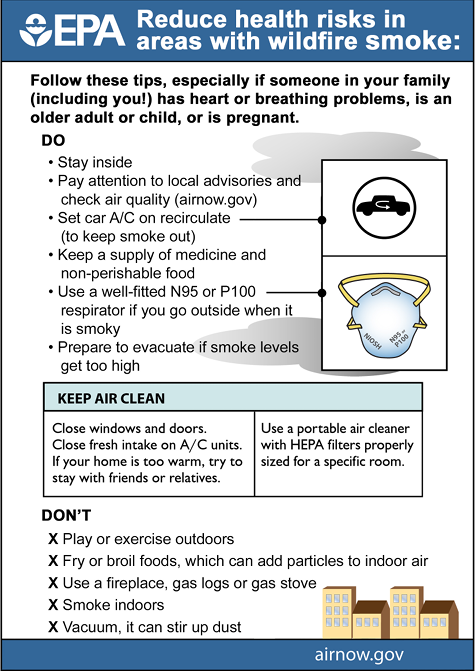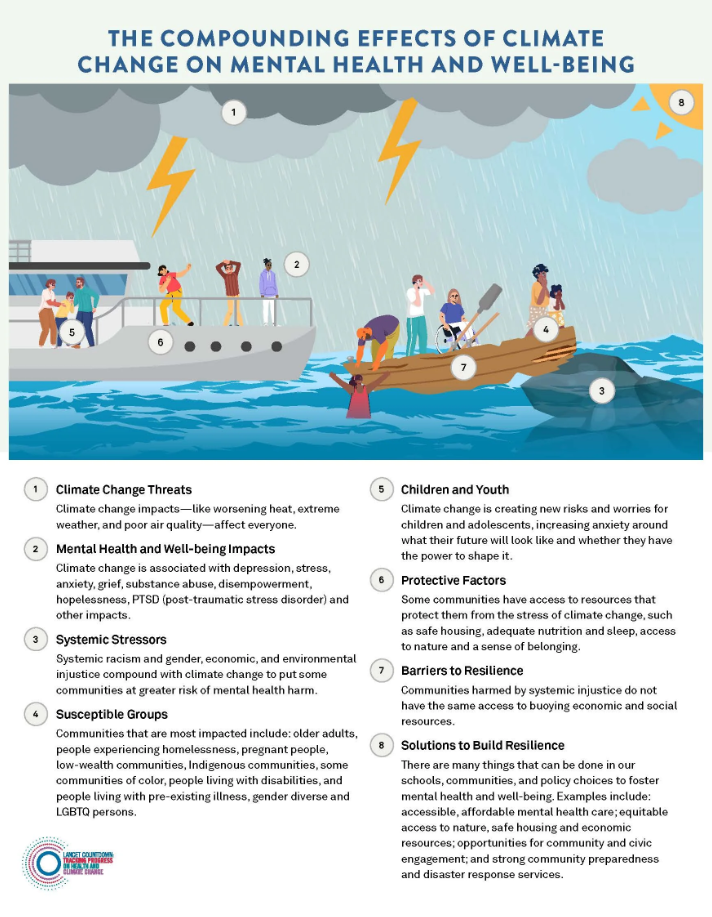Jump To Topic
How Climate Change Impacts Human Health
What is Climate Change?
Climate change refers to long-term changes in weather patterns (i.e., temperature, precipitation, wind, etc.) that occur locally, regionally and globally.
What Causes Climate Change?
Climate change can occur naturally through changes in the sun’s activity or large volcanic eruptions; however, humans are accelerating this process through activities such as burning fossil fuels, deforestation, agriculture and livestock farming, changes in land use, industrial processes and more. These activities contribute to greenhouse gas (GHG) emissions which get trapped and build up in the atmosphere, leading to a warming climate.
How Climate Change Affects you?
Climate change has many effects on the environment including more frequent heatwaves, increased flooding and storms, more frequent droughts, increased pollution and GHG emissions, changes in precipitation, and changes in temperature and duration of the warm season. These environmental effects can have secondary effects such as urban heat island effect, property loss, infrastructure damage, water contamination, more intense wildfires, increased allergens, expanded geographical range and changes in insect behaviors. Both environmental and secondary effects of climate change can negatively impact human health by leading to dehydration, heat-related illnesses including heat stroke and exhaustion, aggravated cardiovascular illnesses, aggravated respiratory illnesses, mental health distress, waterborne illness, increased allergy-related illnesses, increased cases of vector-borne diseases, injury and death.
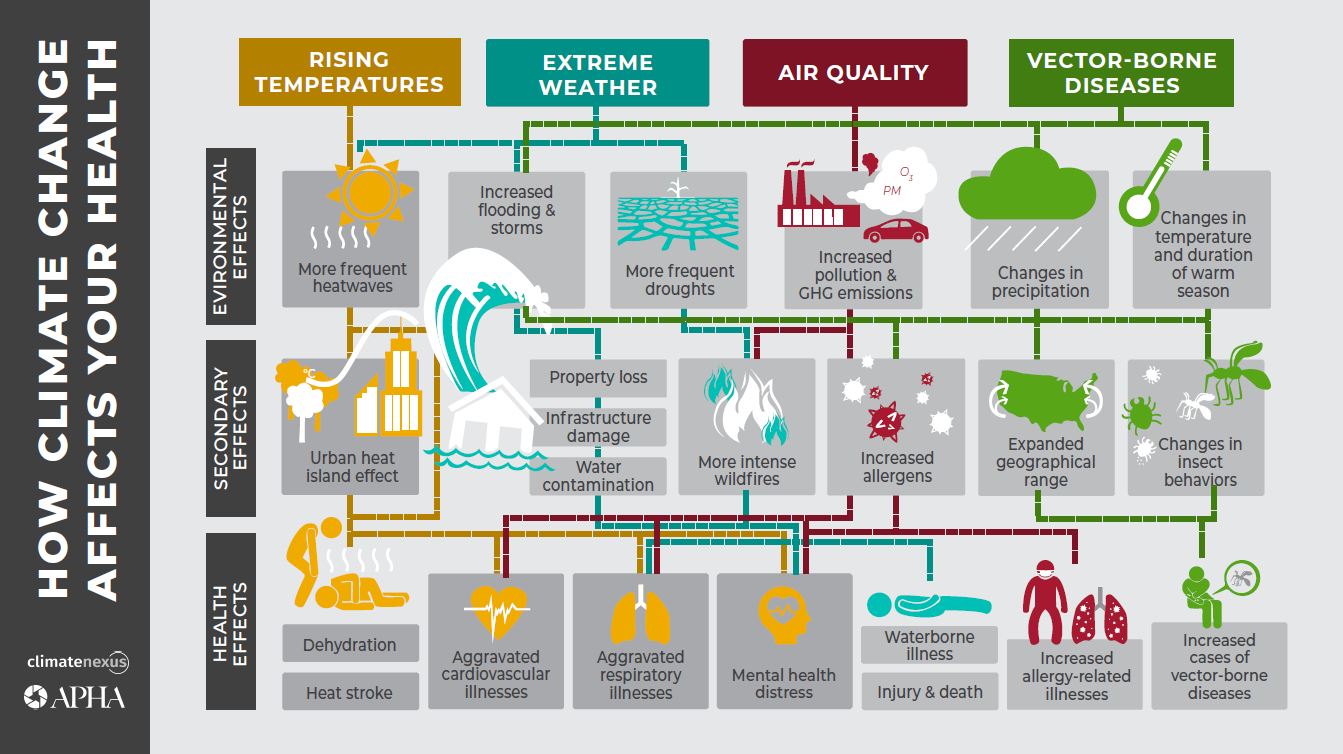
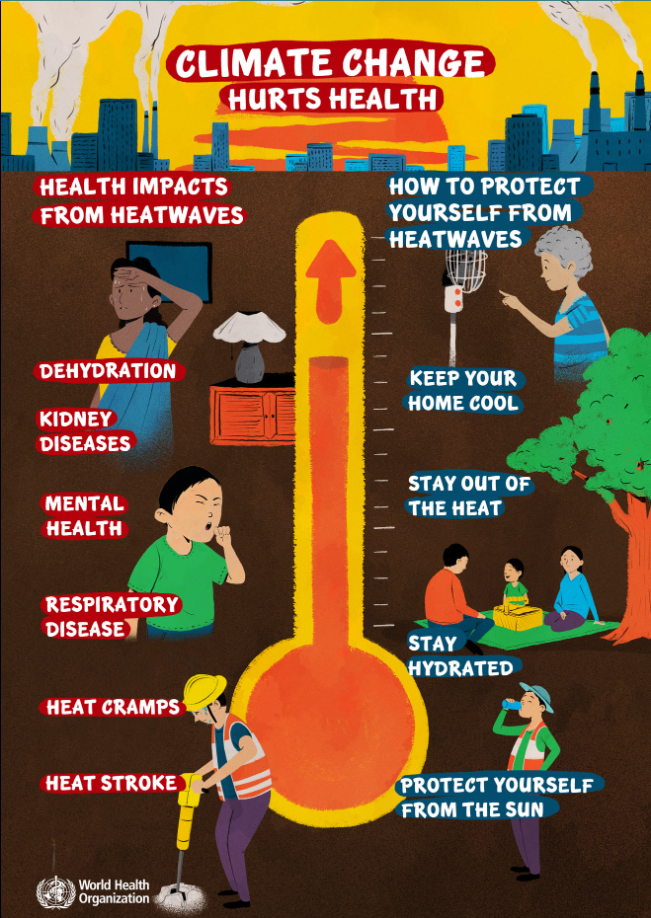
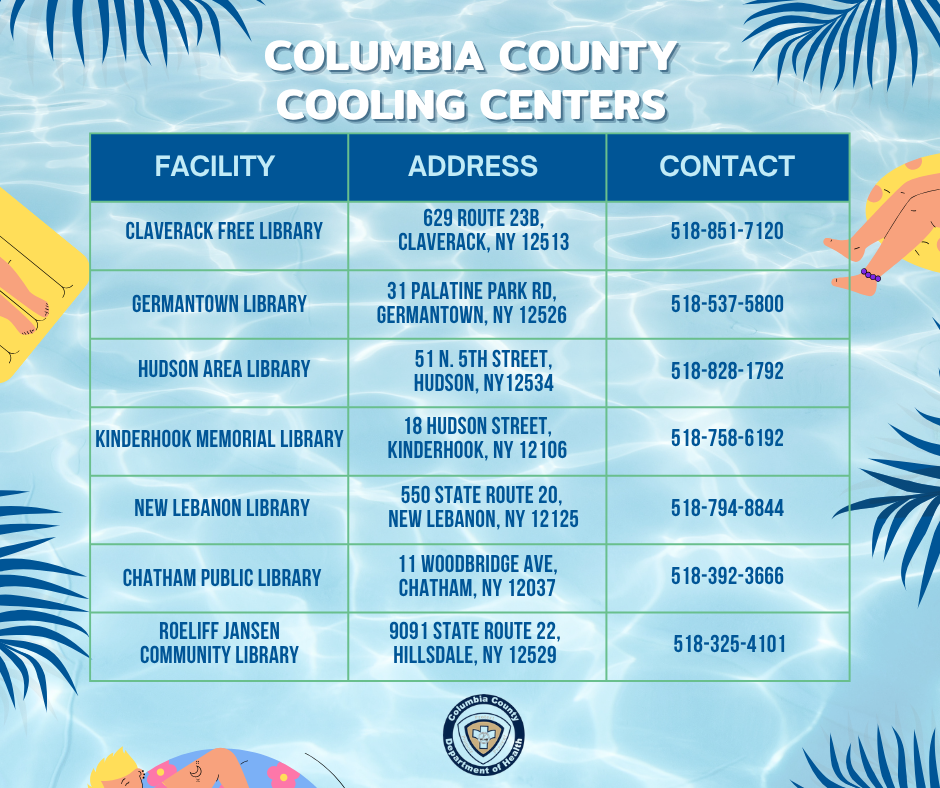
How to Protect your Health
Who’s Most at Risk?
Climate change affects everyone, but the impacts vary depending on location, occupation, socioeconomic status, age and pre-existing conditions.
Those who may face greater risk include:
- Children and adolescents under the age of 18
- Older Adults
- Pregnant, breastfeeding and postpartum people
- Socially vulnerable people
- Communities of color
- Low-income groups
- Certain immigrant groups
- Those with limited English proficiency
- People with disabilities
- People with chronic medical conditions
- Outdoor Workers
What Can You Do?
There are many ways that individuals and organizations can take action and help reduce greenhouse gas emissions.
- Stay informed about the impacts of climate change and share them with others
- Select energy- and water-efficient appliances and fixtures
- Power your home with renewable energy
- Heat and cool your home with proper insultation and maintenance of equipment
- Minimize waste by reducing, reusing, repairing and recycling
- Consider greener transportation methods like public transportation, walking, biking and carpooling
- Minimize unnecessary trips and opt for better fuel efficiency
The actions you take may be small but they add up and can make a difference! For more information, please visit: https://www.epa.gov/climate-change/what-you-can-do-about-climate-change
Ways to Protect your Health:
There are steps that you can take to help protect your health from the impacts of climate change.
- Stay informed about weather forecast/events by using notification systems such as NY Alert, the Division of Homeland Security and Emergency Services, and NOAA Weather Radio.
- Stay informed about air quality by visiting Airnow.gov
- Improve indoor air quality and lower exposure to air pollution
- Protect yourself from ticks and mosquitos
- Reduce exposure to extreme heat and stay hydrated
- Protect yourself from the sun using
- Adapt your home
- Practice good hygiene and food safety measures
- Take care of your mental health and wellbeing
Visit the helpful resources below for more information on ways to protect your health!
Helpful Resources
- Climate Change and Health
- Extreme Weather and Flooding
- Outdoor Air and Health
- Vector-Borne Diseases
- New York State Clean Energy Programs
- Keep Kids and Pets Out of Hot Cars
- Heat-Related Illness
- Heat Vulnerability Index
- New York State Cooling Centers
- Cooling Assistance Benefit Program
- Cold Weather Tips
- Allergens and Pollen
- Harmful Blue-Green Algae Blooms
https://www.health.ny.gov/environmental/water/drinking/bluegreenalgae/index.htm
https://www.cdc.gov/harmful-algal-blooms/about/index.html
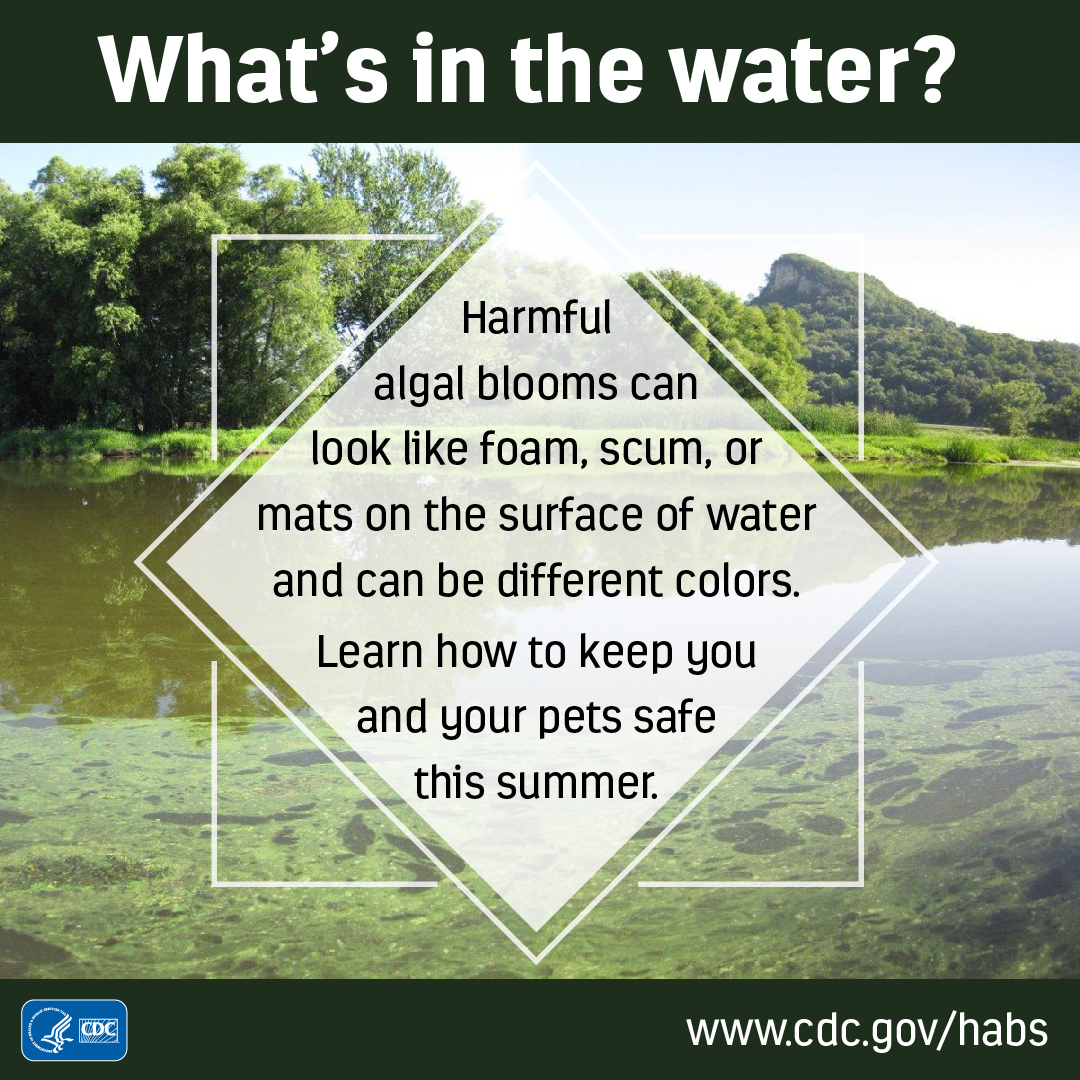

23_341119-A_Oginga_HABs_social_media_posts
- Columbia County Climate Action Plan
- Wildfires and Smoke
- Mental Health



